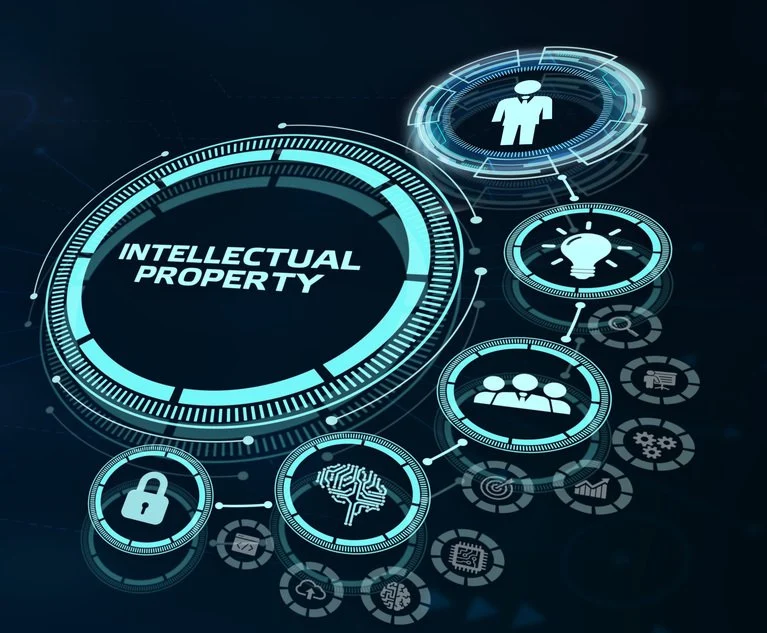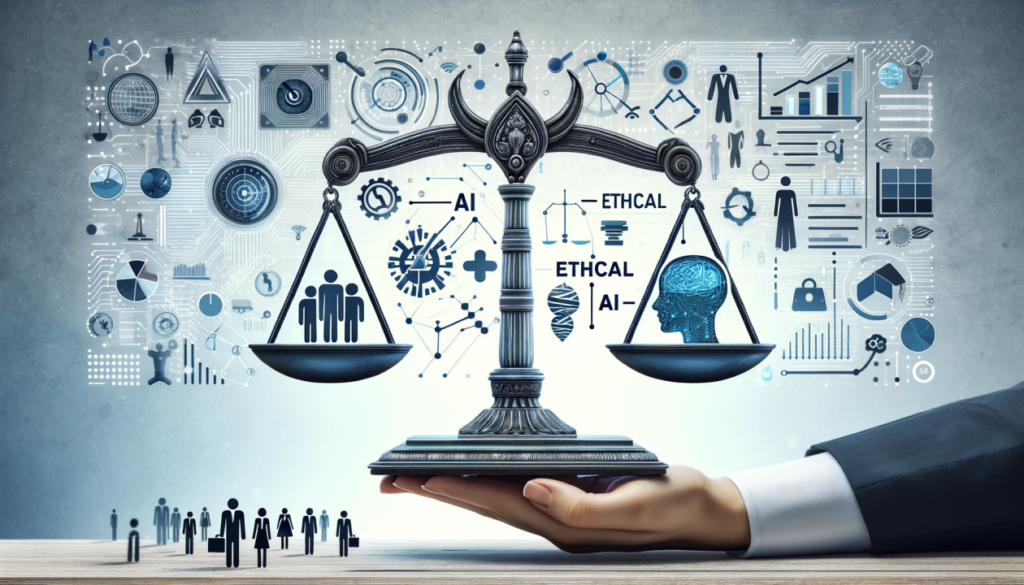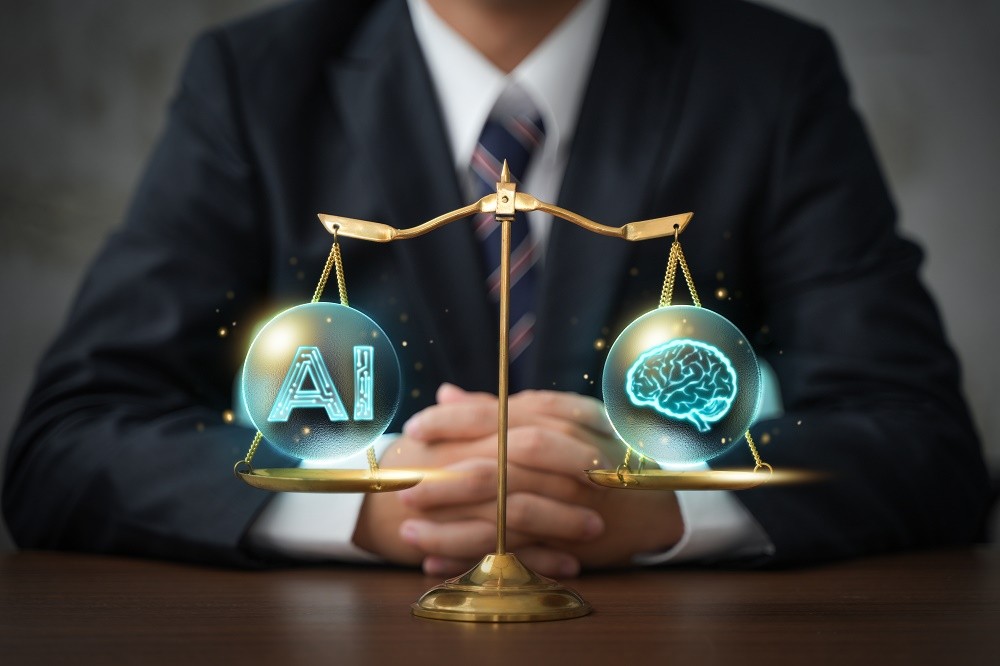Artificial Intelligence (AI) has become a transformative force across industries, reshaping how we live, work, and interact. As AI systems continue to evolve, they bring with them profound implications for the legal landscape. From ethical considerations to regulatory frameworks, the intersection of AI and the law is a dynamic and complex field. This article delves into the multifaceted relationship between AI and the law, exploring key areas such as intellectual property, liability, privacy, discrimination, and the challenges of regulating emerging technologies.
1. Introduction to Artificial Intelligence and Legal Implications
AI encompasses a range of technologies capable of performing tasks traditionally requiring human intelligence. These include machine learning, natural language processing, robotics, and computer vision. The rise of AI presents both opportunities and challenges for legal systems worldwide, prompting questions about accountability, fairness, and the adequacy of existing laws.
2. AI and Intellectual Property Rights
One of the most debated areas is the relationship between AI and intellectual property (IP). Key questions include:

- Authorship and Ownership: If an AI creates a piece of art, music, or an invention, who holds the copyright or patent? Current legal frameworks generally require a human author, creating ambiguity around AI-generated works.
- Patentability: AI can assist in generating novel inventions. However, many jurisdictions require a human inventor for a patent application, leaving AI-generated innovations in legal limbo.
- Infringement Issues: AI systems trained on copyrighted material may inadvertently replicate or transform protected works, raising concerns about potential infringement.
3. Liability and Accountability
AI systems’ autonomous decision-making capabilities complicate issues of liability. Consider the following scenarios:
- Product Liability: If a self-driving car causes an accident, who is responsible? The manufacturer, software developer, or car owner?
- Negligence: Can an AI system be negligent, or does liability rest solely with its human operators or creators?
- Criminal Law: If an AI system engages in harmful behavior, how should the legal system address criminal culpability?
Establishing clear lines of accountability is crucial to ensuring justice and public trust in AI technologies.
4. Privacy and Data Protection
AI relies heavily on data, often including personal information. This raises significant privacy concerns:
- Data Collection: AI systems often collect vast amounts of data, sometimes without explicit user consent, potentially violating privacy laws.
- Data Security: Breaches involving AI systems can expose sensitive information, leading to financial and reputational damage.
- Bias in Data: Training AI on biased datasets can perpetuate or amplify discrimination, posing ethical and legal challenges.
Laws such as the General Data Protection Regulation (GDPR) in the European Union aim to address these issues, but global harmonization remains a challenge.
5. AI and Discrimination
AI algorithms can inadvertently perpetuate discrimination based on race, gender, age, or other protected characteristics. Examples include:
- Employment Decisions: AI-based hiring tools may favor certain demographics if trained on biased datasets.
- Credit and Lending: Algorithms used in financial services might unfairly disadvantage minority groups.
- Law Enforcement: Predictive policing tools risk reinforcing existing biases in the criminal justice system.
Addressing these concerns requires both robust anti-discrimination laws and technical solutions to ensure algorithmic fairness.
6. Regulating Artificial Intelligence
Regulating AI is a complex task due to its rapid evolution and diverse applications. Key approaches include:
- Sector-Specific Regulations: Tailoring laws to specific industries, such as healthcare or finance, to address unique challenges.
- Ethical Guidelines: Developing non-binding frameworks to guide the ethical development and use of AI.
- International Cooperation: Establishing global standards to ensure consistent regulation across borders.
Prominent initiatives include the European Union’s AI Act, which aims to create a comprehensive legal framework for AI, and the OECD’s AI Principles, which promote responsible stewardship of AI systems.
7. Ethical Considerations in AI Law
Legal frameworks must address ethical concerns, including:

- Autonomy and Control: Ensuring humans maintain control over critical decisions made by AI systems.
- Transparency: Requiring AI systems to provide explanations for their decisions.
- Accountability: Holding developers and users responsible for unethical or harmful AI behavior.
Ethical considerations often overlap with legal requirements, underscoring the need for interdisciplinary collaboration.
8. Case Studies in AI and Legal Challenges
Exploring real-world examples illustrates the complexities of AI and the law:
- Facial Recognition Technology: Legal battles over the use of facial recognition in public spaces highlight tensions between security and privacy.
- Autonomous Vehicles: High-profile accidents involving self-driving cars raise questions about liability and safety standards.
- AI in Healthcare: The use of AI for diagnosis and treatment must comply with medical regulations while safeguarding patient rights.
These cases demonstrate the need for adaptive legal frameworks that can keep pace with technological advancements.
9. Future Directions and Recommendations
To navigate the challenges posed by AI, legal systems must:
- Update Existing Laws: Modernize outdated regulations to address AI-specific issues.
- Promote Interdisciplinary Dialogue: Foster collaboration between technologists, legal experts, ethicists, and policymakers.
- Encourage Public Engagement: Involve citizens in discussions about the societal impacts of AI.
- Support Innovation: Balance regulation with the need to promote innovation and economic growth.
Conclusion
The relationship between artificial intelligence and the law is a rapidly evolving and multifaceted field. As AI technologies continue to advance, they challenge existing legal frameworks and demand innovative solutions. By addressing key issues such as intellectual property, liability, privacy, discrimination, and ethical considerations, legal systems can ensure that AI benefits society while minimizing risks. The journey toward a balanced and effective legal framework for AI is just beginning, requiring ongoing effort and collaboration at local, national, and global levels.
